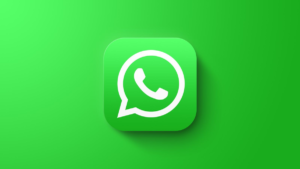Indians can make digital transactions using their smartphones thanks to the Unified Payments Interface (UPI), a real-time payment system. The following are some essential information about UPI payments:
Unified Payments Interface (UPI), a real-time payment system, has completely changed how India makes digital payments. The National Payments Corporation of India (NPCI), which developed the system, enables customers to immediately transfer money between bank accounts, generally using a smartphone. UPI transactions may, however, frequently fail for a variety of unavoidable reasons, just as on any other digital platform.
Essential Steps to Take When Your UPI Payment Fails
- Since UPI transactions are frequently immediate and immediate, they can fail in a distressing way. As a result, understanding what to do in such a case is crucial. This article covers what you need to do if a UPI transaction fails.
- Verify your bank balance: You need to check up the balance of your account. A transaction can fail at times because there are not enough funds in the linked bank account. If this is not the problem, you need to look into it more and contact your bank’s customer service.
- Verify transaction status. For each UPI transaction, the NPCI issues a Unique Transaction Reference (UTR) number. You must use this number to check the status of your transaction. Wait a while if the transaction status is pending because processing could take some time.
- Get in contact with your bank: If your transaction was unsuccessful and money was taken out of your account, you need to contact your bank or UPI service provider right away. Give them all the information they require, such as the UPI transaction ID, UTR number, transaction time, and date, to address the problem.
- NPCI If the bank is unable to resolve your issue, you may contact NPCI through its grievance redressal processes. This is significant since the NPCI controls and manages the whole UPI ecosystem.
- Consult with the Ombudsman: You can take your problem to the Banking Ombudsman if it is still open-ended. The Reserve Bank of India (RBI) appoints the ombudsman to handle customer complaints about shortcomings in banking services.
- File a complaint: Each bank has a customer service number or other dedicated support. Make a formal complaint through these methods if your issue is not handled in a reasonable amount of time. Keep track of each complaint you make for future reference.
- Check Your Network Connection: Make sure your internet connection is strong. Poor network connectivity can occasionally cause transaction failures.
Be sure to record any failed transactions you make, including the transaction IDs, dates and times, and any error messages you might have received. When contacting customer service, this information can be useful.
Also Read: How to read deleted messages on WhatsApp; check simple steps here
Remember that UPI transactions are often safe and that most errors are either user- or technical-related. You can improve your chances of fixing the problem and guaranteeing a successful UPI transaction by taking these actions.










